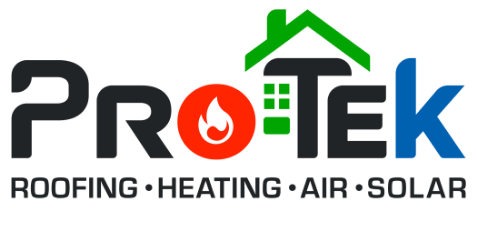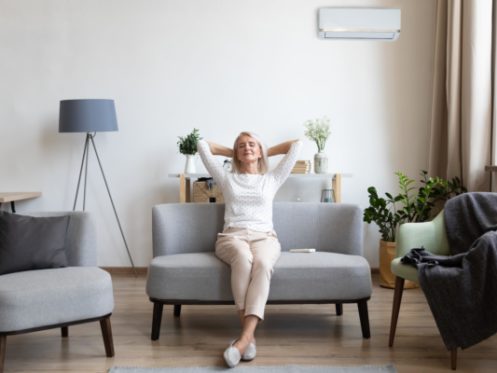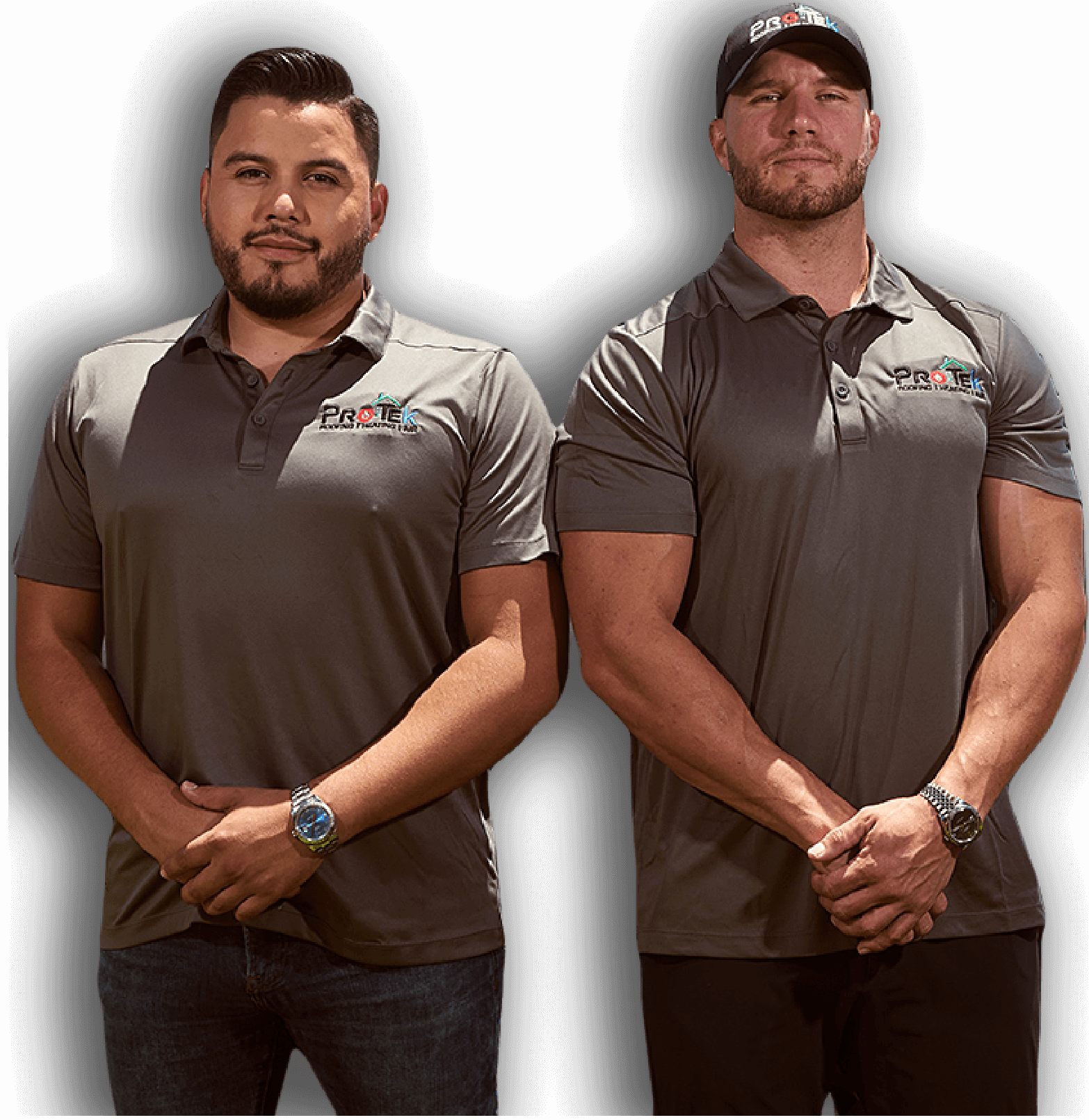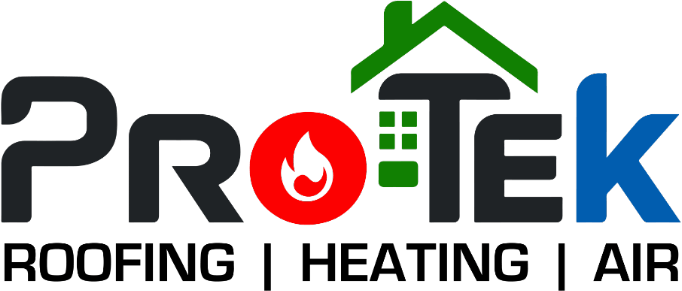A Guide to Air Purifiers to Improve Your Home’s Indoor Air Quality
With cooler weather on the horizon in Tampa, you’ll likely be spending more time inside your home. To ensure that you and your family stay healthy, you’ll want to make certain the indoor air quality of your residence is as good as possible. While there are several ways you can improve your home’s indoor air quality, one of the most effective is to install a whole-home air purifier as part of your HVAC system. To better understand why air purifiers are important and how they help improve your home’s indoor air quality, take time to consider this in-depth explanation from your friends at Protek Roofing, Heating, Air & Solar.
Types of Indoor Air Pollutants
Every home has a different set of materials and objects that release different pollutants into the air. So, while each home’s air quality will look somewhat different, there are some common pollutants that you can find in a majority of homes. These pollutants include radon, lead, carbon monoxide, formaldehyde, nitrogen dioxide, pesticides, pollen, bacteria, viruses, and more. These pollutants can cause a variety of health issues, including headaches, nausea, vomiting, trouble concentrating, cancer, chronic illnesses, and even death. The good news is that you can have Protek Roofing, Heating, Air & Solar run tests to check for most of these pollutants so that you can get a clear picture of what’s in your home’s indoor air and take action steps to remove these pollutants.
Where Do Pollutants Come From?
You can find poor air quality in homes of all shapes, sizes, and ages. Where do these pollutants come from, though? Pollutants originate from multiple sources both inside and outside your home. Inside, pollution sources include paint, new furniture, carpet, gas appliances, cooking byproducts, tobacco, wet surfaces, pets, household cleaners, radon gas, and more. Outside pollutants can make their way into your home through open doors and windows. Sources of outdoor pollution include cars, factories, heavy industry exhaust, and smoke from wildfires. With so many sources of pollutants, it’s easy to see how your home’s indoor air can quickly become contaminated.
What Is an Air Purifier?
To overcome the problems caused by pollutants in your home, you need a powerful ally. That’s where a whole-home air purifier comes in. These devices work in tandem with your HVAC system to filter the air throughout your home. Most whole-home air purifiers utilize three stages of filtration to remove contaminants of all sizes from your home’s indoor air. Another type of air purifier is a portable device. These units are smaller so that you can carry them from room to room. They are useful for problem rooms where the air quality is especially bad. For long-term relief from indoor pollutants, though, our experts at Protek Roofing, Heating, Air & Solar recommend a whole-home air purifier as the best option.
Mechanical Filtration
The first stage of most air purifiers is mechanical filtration. This step involves using a filter made from pleated fibers to trap contaminants in the air as they pass through. A mechanical filter in an air purifier cleans your air in the same way that a typical air filter in an HVAC system does. However, the mechanical filtration found in an air purifier is designed to remove smaller contaminants because the fProilter media is denser. In fact, many of these filters qualify as HEPA filters, meaning they can capture 99.7% of particles whose diameter is 0.3 microns or larger. This means that many common indoor pollutants will stop at the first stage since they are bigger than the HEPA-capable size.
Chemical Filtration
Despite the filtration power that’s present in an air purifier’s mechanical filter, there will still be some pollutant particles that make it through. To solve this problem, an air purifier utilizes chemical filtration. In most cases, chemical filtration involves using activated charcoal to attract and trap small particles as they pass by. Activated charcoal is perfect for this task because it is positively charged as a result of its charring process. This means that it can attract and bind with the negatively charged pollutant particles, holding onto them until you are able to replace the carbon filter and remove the pollutants from your home. It’s during this stage that the air purifier is able to remove pollutants that cause foul odors in your dwelling.
Biological Filtration
If your family struggles with passing around illnesses from person to person, an air purifier can be your best friend. That’s because some air purifiers contain biological filtration that can greatly reduce the viruses and bacteria that are present in the indoor air you breathe. UV lights inside the air purifier can damage and destroy a variety of pathogens in the air as it flows through. To help kill more pathogens, an air purifier is designed so that air stays in the biological filtration chamber for a longer time. This allows the UV radiation to adequately penetrate the outer membranes of the various viruses and bacteria so that they can’t sicken you or your family members.
Good for Your System
Beyond being good for your health, an air purifier can help keep your HVAC system in good condition. By removing virtually all of the contaminants in your indoor air, an air purifier prevents these contaminants from building up inside your system’s air handler and ducts. This will help to maintain your system’s performance and efficiency and make maintenance visits faster and more effective. To properly support the health of your system, we recommend having all of your HVAC equipment and ductwork thoroughly cleaned before you install an air purifier. This will ensure you start with a clean slate that your air purifier can then maintain.
Importance of Maintenance
Regular maintenance is of the utmost importance to help ensure that your air purifier can maintain your home’s indoor air quality. Filters in the mechanical and chemical portions of your air purifier need to be replaced approximately every six months. The UV bulbs in the biological portion of the purifier typically last about a year. Fortunately, you can enroll in a maintenance plan with us at Protek Roofing, Heating, Air & Solar so that you never miss a filter change. While there are more types of filters to replace than in a typical HVAC setup, the filters in an air purifier last far longer than a typical air filter in an HVAC system. The maximum lifespan for a typical air filter is about 30 days, meaning you’ll be able to lower your mechanical filter costs by switching to an air purifier.
The HVAC Team You Can Trust
At Protek Roofing, Heating, Air & Solar, our number one concern is the health and safety of your family. That’s why we offer installation, maintenance, and repair for whole-home air purifiers. We also offer the same range of services for heating and cooling equipment. Besides that, we take care of solar array installation, roof repair, roof storm damage estimates, residential and commercial roofing installation, and much more. Since our founding, we’ve ensured that each customer is completely satisfied with the work we do. That’s a big reason why we consistently receive five-star reviews. To learn more about protecting your home in or near Tampa with an air purifier, contact us at Protek Roofing, Heating, Air & Solar today.




